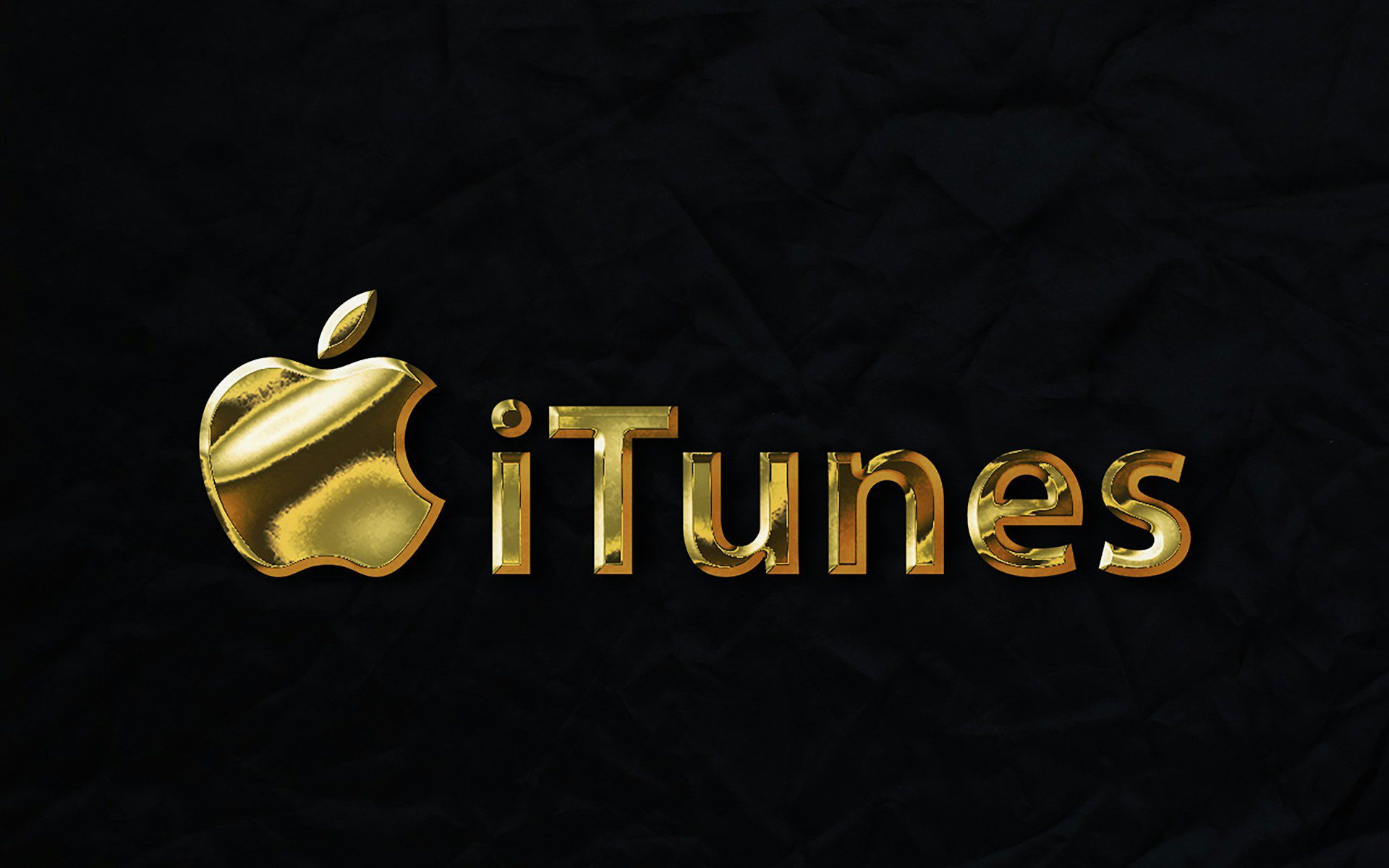In the fast-paced world of technology, change is the only constant. One of the most significant transformations in recent times has been Apple’s departure from its iconic iTunes platform. For nearly two decades, iTunes served as the go-to hub for all things music, movies, and more. However, with the ever-evolving digital landscape, Apple made a bold move to streamline its services and adapt to the shifting needs of its users.
The Rise of iTunes:
iTunes was first introduced in 2001 as a groundbreaking digital media player and media library application. It revolutionized the way people consumed music, offering a legal and convenient way to purchase and organize digital songs. Over the years, iTunes expanded its reach to include movies, TV shows, podcasts, and more. It became synonymous with the digital media revolution and played a crucial role in the success of the iPod, iPhone, and iPad.

The Shift in Consumer Behavior:
As technology continued to advance, so did the way consumers interacted with digital media. Streaming services like Spotify, Apple Music, Netflix, and others emerged, offering users access to vast libraries of content without the need for ownership. This shift in consumer behavior signaled a turning point for Apple and prompted the company to reevaluate its approach to digital media.
The Decision to Retire iTunes:
In 2019, Apple made a significant announcement at its annual Worldwide Developers Conference (WWDC) – iTunes would be officially retired. This move aimed to simplify the user experience and make room for a more modern and integrated approach to media consumption. Apple recognized the growing popularity of streaming services and chose to focus on enhancing its existing platforms to better cater to these changing preferences.
The Birth of Apple Music, Apple TV, and Apple Podcasts:
With the retirement of iTunes, Apple introduced three separate apps to handle music, TV, and podcasts – Apple Music, Apple TV, and Apple Podcasts. Each app was designed to provide a dedicated and tailored experience for its respective media type. This shift allowed Apple to better compete with streaming giants while providing users with more specialized features and content recommendations.

Benefits of the Transition:
The move away from iTunes brought several benefits to users. The separation of music, TV, and podcasts into distinct apps allowed for a more streamlined and user-friendly experience. Additionally, the integration of Apple Music and the expansion of original content on Apple TV+ contributed to a more robust ecosystem for Apple users.
Conclusion:
Apple’s decision to retire iTunes was a bold step that reflected the company’s commitment to adapting to the ever-changing digital landscape. The move away from a one-size-fits-all approach to media consumption allowed Apple to focus on delivering more specialized and tailored experiences. As we continue to witness technological advancements, Apple’s ability to evolve its services ensures that users will always have access to cutting-edge and user-friendly platforms for their digital media needs. The end of iTunes marks not just the closing of a chapter, but the beginning of a new era for Apple and its users.

